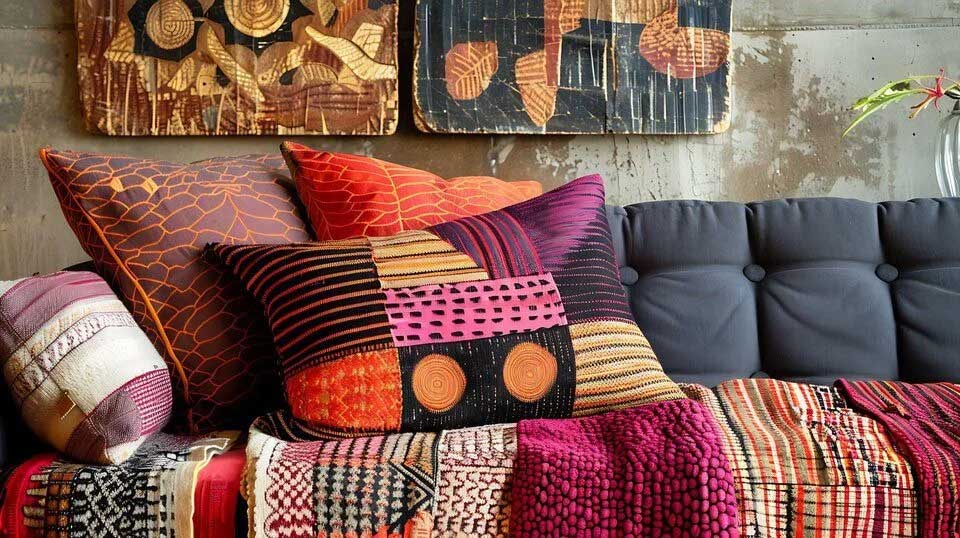
Sustainability overlooked fast fashion brands are playing to the galleries in Brazil with affordability and quick access as their trump cards. The real story according to ScienceDirect is that 65 per cent of Brazilians seek to buy generic products from sustainable companies, but they do not know if the clothing manufacturer is sustainable. It is also observed that the values spent on clothes do not seem to be related to the resulting ecological footprint. It is this situation that fast fashion brands find working for them in Brazil. As a nation, Brazil loves its fashion, and the affordability and access of fast fashion makes it an easy way into wardrobes.
C&A is the fast fashion retail leader
The biggest fashion retailer in the country is C&A. With a mix of physical and online retail, the chain has 300 stores in Brazil, located in over 125 cities across the country. In April 2019 in a first, the Dutch-owned company listed the shares of its Brazilian subsidiary in the country’s stock market. Aiming at boosting operations in the country, the IPO issuance met a lukewarm response from investors for inexplicable reasons and ever since, C&A stock continue to underperform in Brazil, despite being the leader of fashion retail in the country, offering one of the best online purchase support spread across the entire large landmass.
According to Statista, by the end of 2023, Brazil will be the 15th largest e-commerce market in the world. The Brazilian e-commerce market is expected to reach a value of $55.8 billion in 2023, up from $41.8 billion in 2022. In e-commerce, like in many countries, the fashion segment is the largest, accounting for one-fourth of total e-commerce sales in 2022. Amazon and MercadoLivre are the biggest online retailers, and that shows Brazil’s digital maturity not only in market size but also as an attractive new market for international retail brands.
Shein prefers Brazil as its Latin American hub
Chinese fast fashion retailer Shein is moving forward with its plan to establish Brazil as a manufacturing and export hub for the rest of Latin America. It expects by the end of 2026, about 85 per cent of its sales will be local, from both manufacturers and vendors. Marcelo Claure, Chairman of Shein in Latin America, has stated the brand’s Latin ambition – that key to Shein’s growth strategy -- is leveraging its global scale and operational excellence to support and contribute to local economies and eco-systems. Claure explained they have seen great success in Brazil since its launch in 2020. The increase in consumer demand came as an opportunity to localise more of the supply chain to benefit consumers, small businesses and the wider economy. Additionally, Shein launched a local marketplace with Brazilian third-party sellers supporting local small and medium entrepreneurs in 2022. The company will onboard 2,000 local manufacturers and create approximately 100,000 jobs by 2026 to support this strategy and produce Shein-branded products.
Similar to Shein, H&M has announced its entry into this football-loving nation in 2025 by opening stores in Sao Paolo and Rio Janeiro. Shein’s success in under three years and H&M announcing its debut, has shifted the spotlight on Brazil and has caught fancy in the eyes of many international apparel retail brands. These events are going to push the economy of the country further. Especially high amount of investment will lead to growth of many industries, and apparel being one of them will definitely progress.












